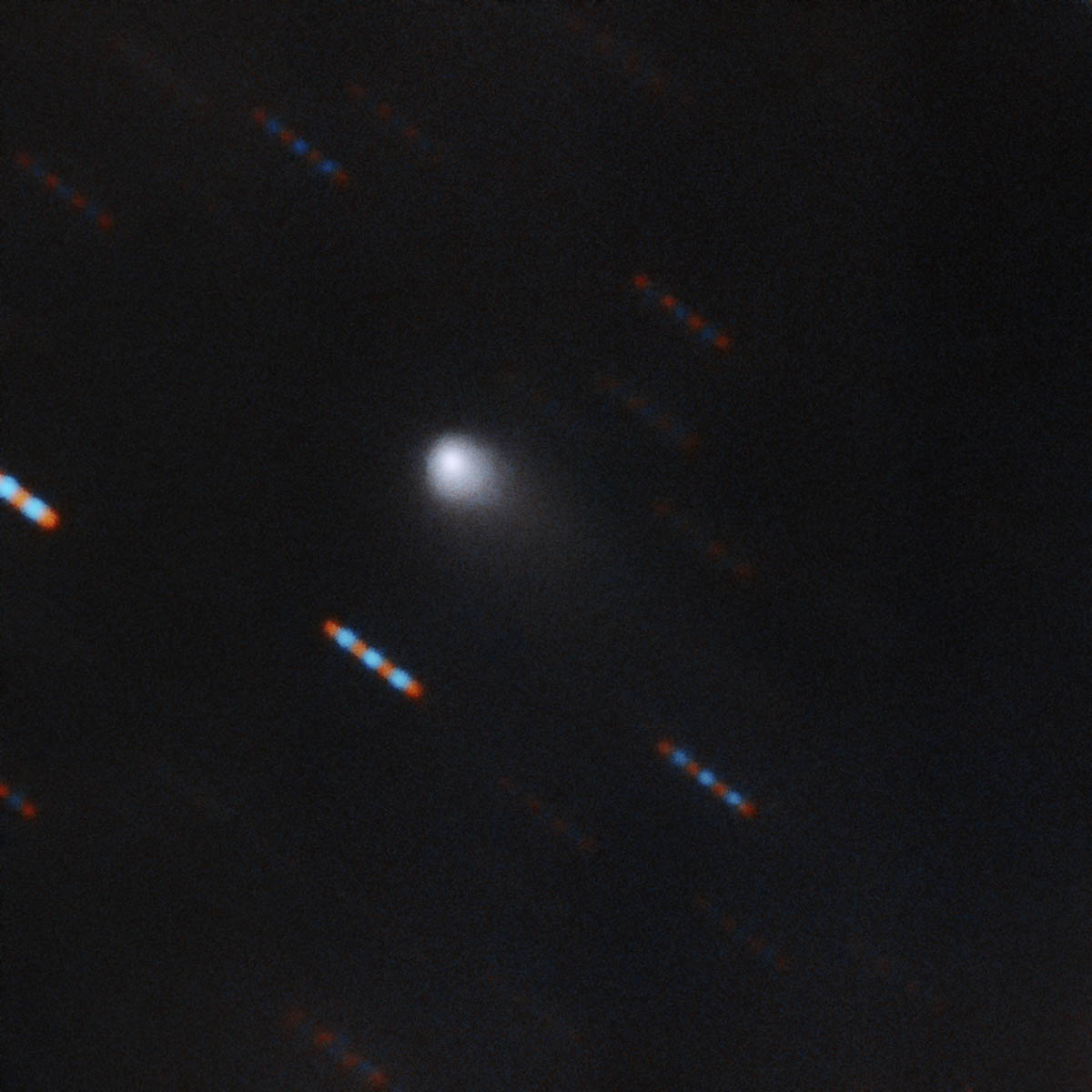Gemini Observatory Captures Multicolor Image of First-ever Interstellar Comet

The first-ever comet from beyond our Solar System has been successfully imaged by the Gemini Observatory in multiple colors. The image of the newly discovered object, denoted C/2019 Q4(Borisov), was obtained on the night of 9-10 September using the Gemini Multi-Object Spectrograph on the Gemini North Telescope on Hawaii’s Maunakea.
“This image was possible because of Gemini’s ability to rapidly adjust observations and observe objects like this, which have very short windows of visibility,” said Andrew Stephens of Gemini Observatory who coordinated the observations. “However, we really had to scramble for this one since we got the final details at 3:00 am and were observing it by 4:45!”
The image shows a very pronounced tail, indicative of outgassing, which is what defines a cometary object. This is the first time an interstellar visitor to our Solar System has clearly shown a tail due to outgassing. The only other interstellar visitor studied in our Solar System was ‘Oumuamua which was a very elongated asteroid-like object with no obvious outgassing.
